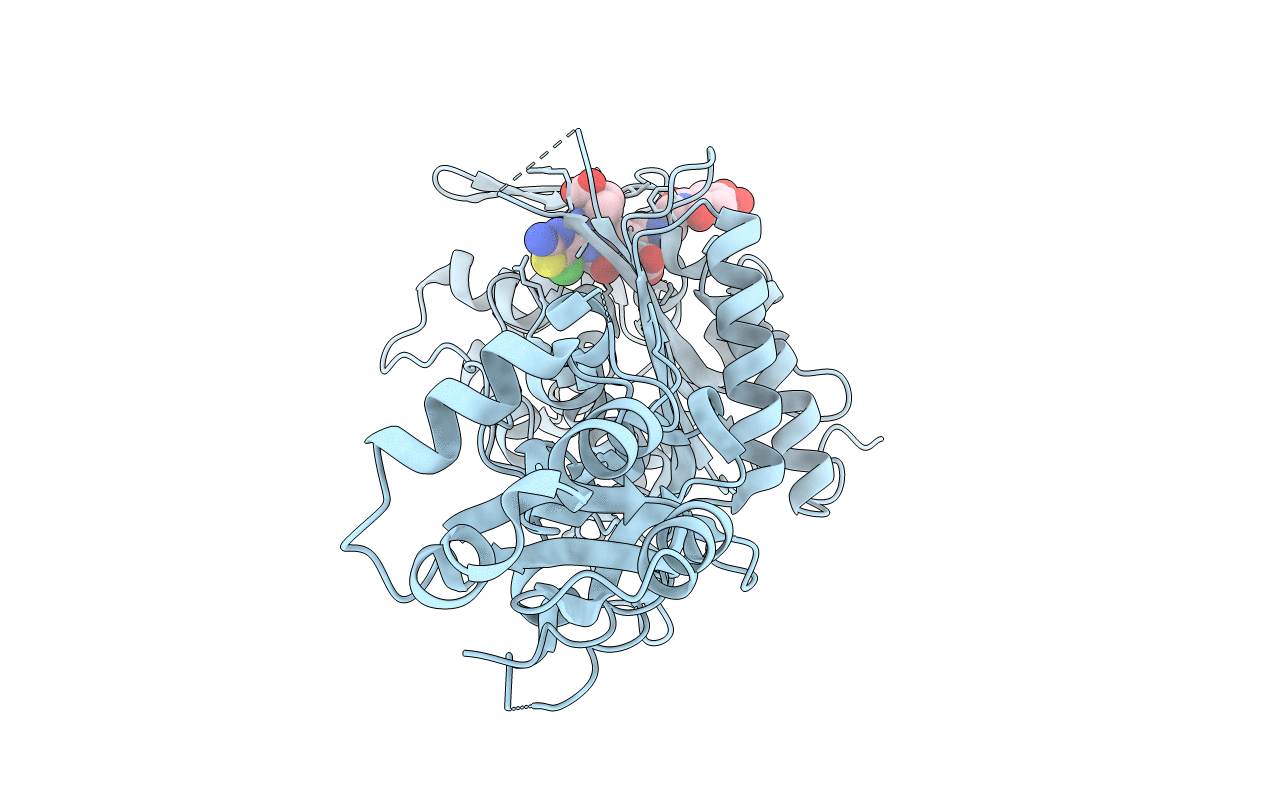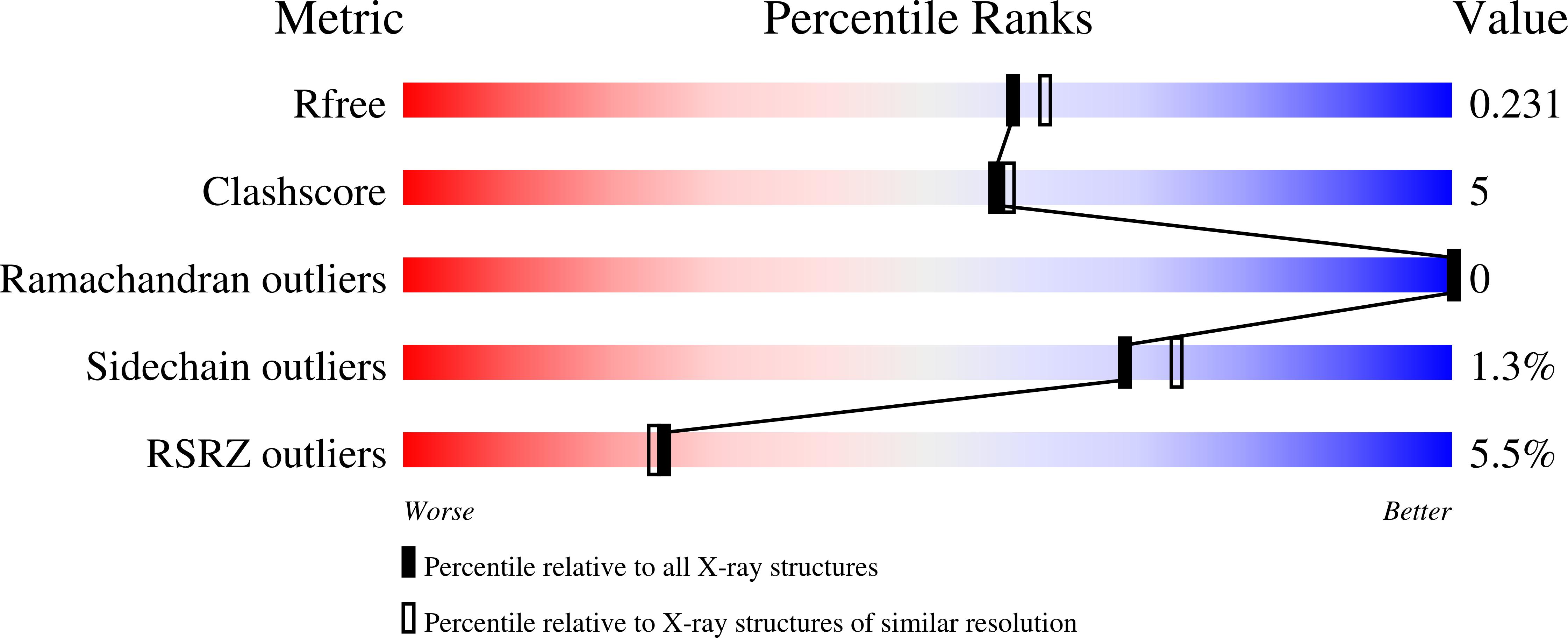
Deposition Date
2021-01-09
Release Date
2021-04-28
Last Version Date
2024-10-23
Entry Detail
PDB ID:
7LC4
Keywords:
Title:
Crystal structure of Pseudomonas aeruginosa PBP3 in complex with gamma-lactam YU253911
Biological Source:
Source Organism:
Pseudomonas aeruginosa (Taxon ID: 287)
Host Organism:
Method Details:
Experimental Method:
Resolution:
2.00 Å
R-Value Free:
0.22
R-Value Work:
0.17
R-Value Observed:
0.17
Space Group:
P 21 21 21


